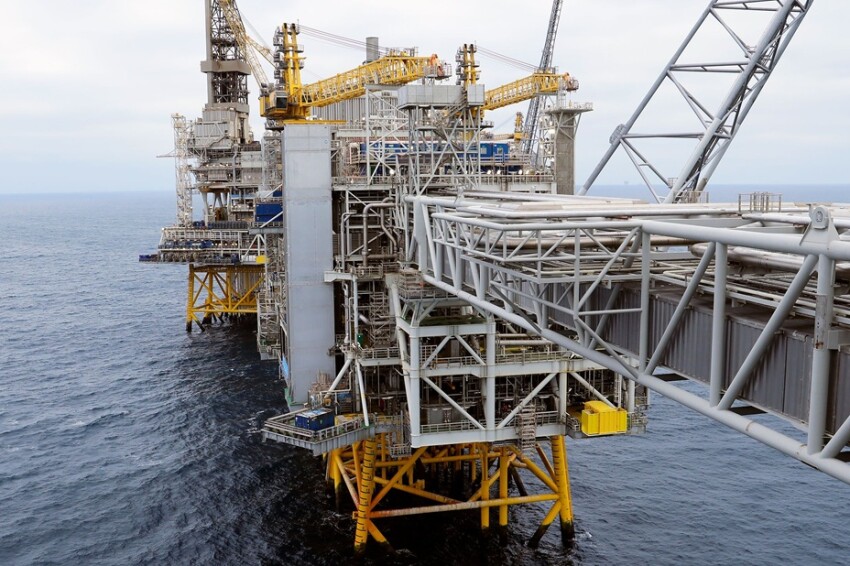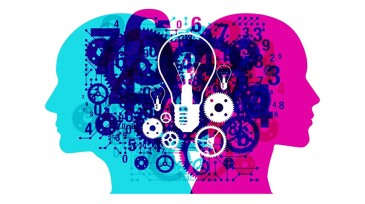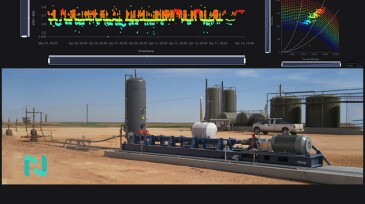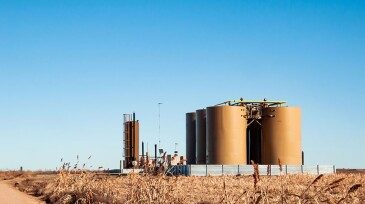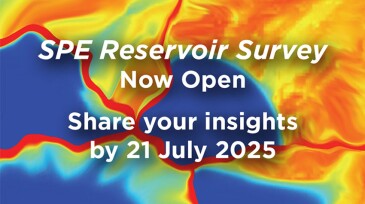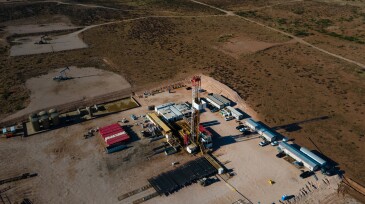AI/machine learning
The Norwegian major said it is using artificial intelligence for predictive maintenance throughout its facilities and for interpretation of seismic data from the Norwegian continental shelf.
This work presents the development of fast predictive models and optimization methodologies to evaluate the potential of carbon-dioxide EOR and storage operations quickly in mature oil fields.
The authors of this paper apply a deep-learning model for multivariate forecasting of oil production and carbon-dioxide-sequestration efficiency across a range of water-alternating-gas scenarios using field data from six legacy carbon-dioxide enhanced-oil-recovery projects.
-
This article is the third in a Q&A series from the SPE Research and Development Technical Section focusing on emerging energy technologies. In this piece, Zikri Bayraktar, a senior machine learning engineer with SLB’s Software Technology and Innovation Center, discusses the expanding use of artificial intelligence in the upstream sector.
-
This article presents a results-driven case study from an ongoing collaboration between a midstream oil and gas company and Neuralix Inc.
-
As carbon capture scales up worldwide, the real challenge lies deep underground—where smart reservoir management determines whether CO₂ stays put for good.
-
The SPE Reservoir Technical Discipline and Advisory Committee invite their Reservoir members worldwide to participate in a new survey aimed at assessing the current state of reservoir engineering across industry and academia. Deadline is 21 July 2025.
-
The agreement focuses on improving operational efficiency and consistency through advanced digital tools and real-time data integration.
-
TotalEnergies and the French company Mistral AI are joining forces to extend the use of AI in improving TotalEnergies’ performance, especially in low-carbon energies. The partners plan to set up a joint innovation lab focused on artificial intelligence.
-
Secondary and tertiary efforts are critical for sustaining the productive lives of unconventional plays.
-
Foundation models are rapidly emerging as a transformative force across industries. While their effect on natural language processing and computer vision is well-documented, their potential in specialized engineering domains, particularly within the critical oil, gas, and broader energy sectors, is vast and increasingly recognized. This article explores how these powe…
-
Buoy-based camera footage, analyzed by artificial intelligence, can help reduce the risk of birds colliding with offshore wind farm turbines.
-
Best practices are not static; they evolve alongside advancements that redefine what is achievable.

